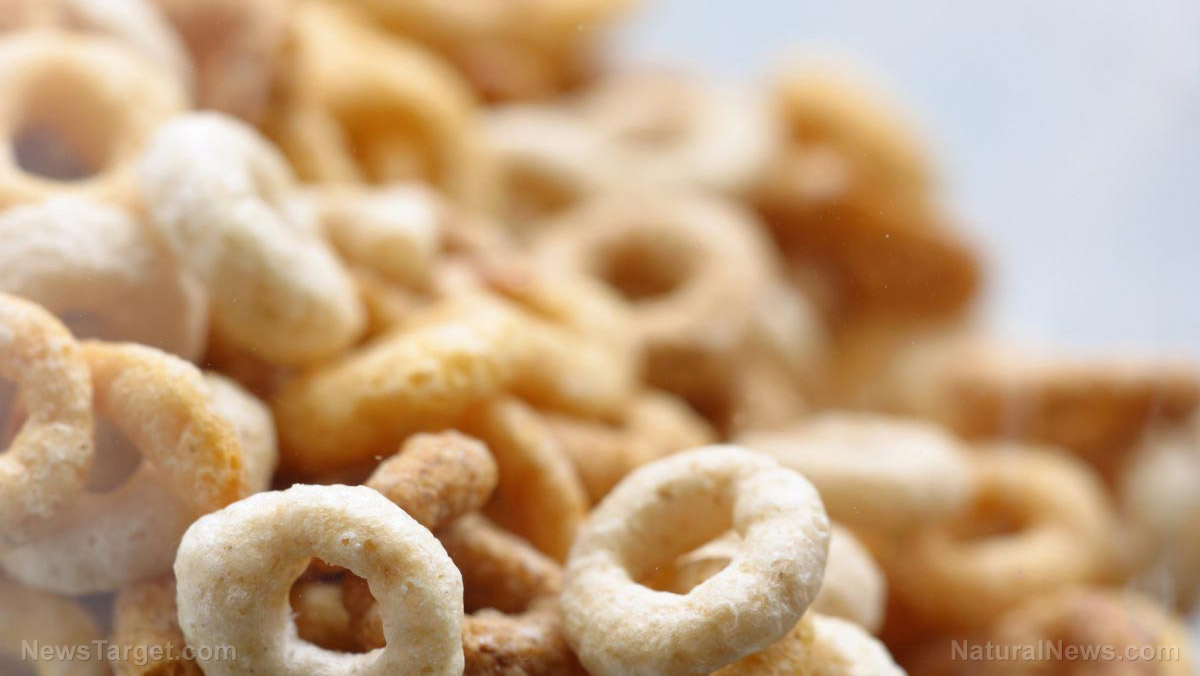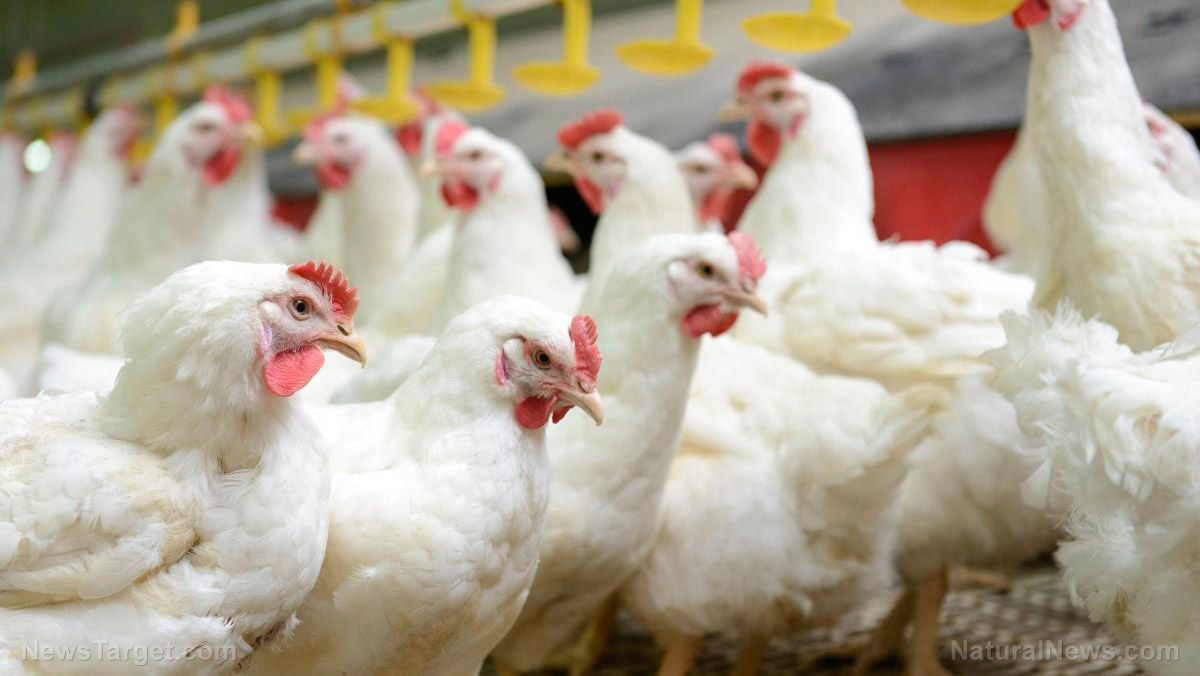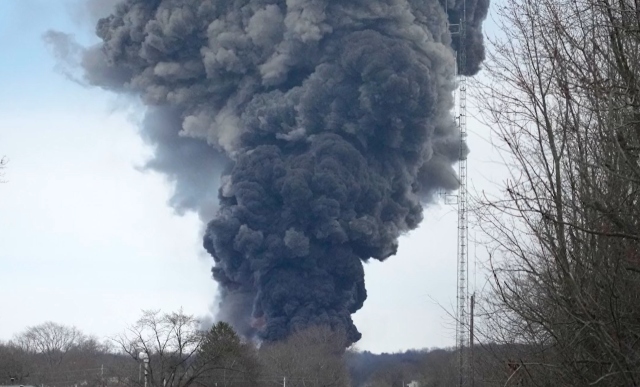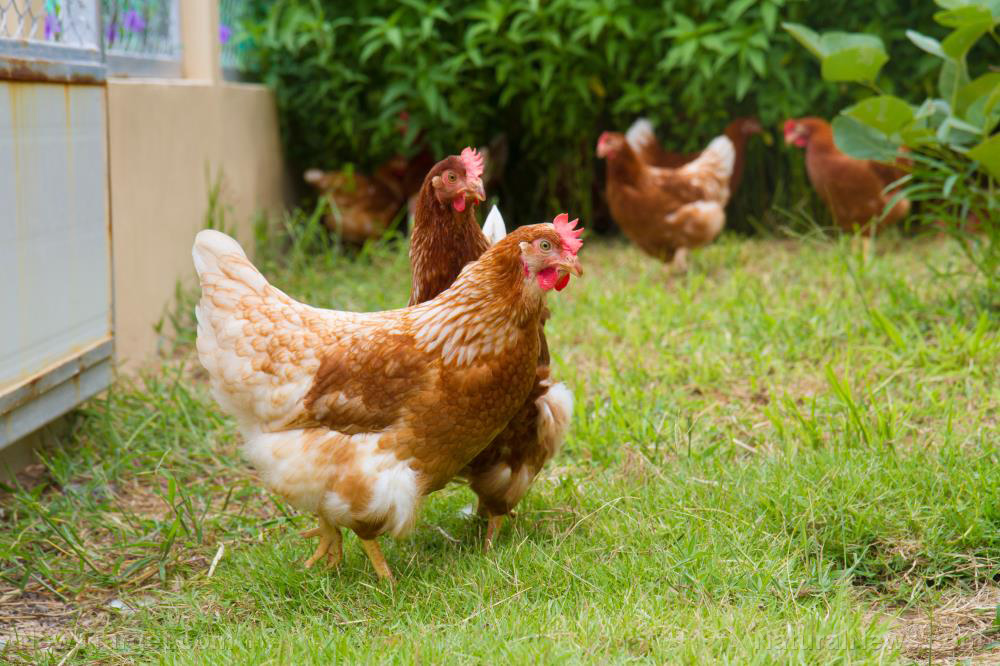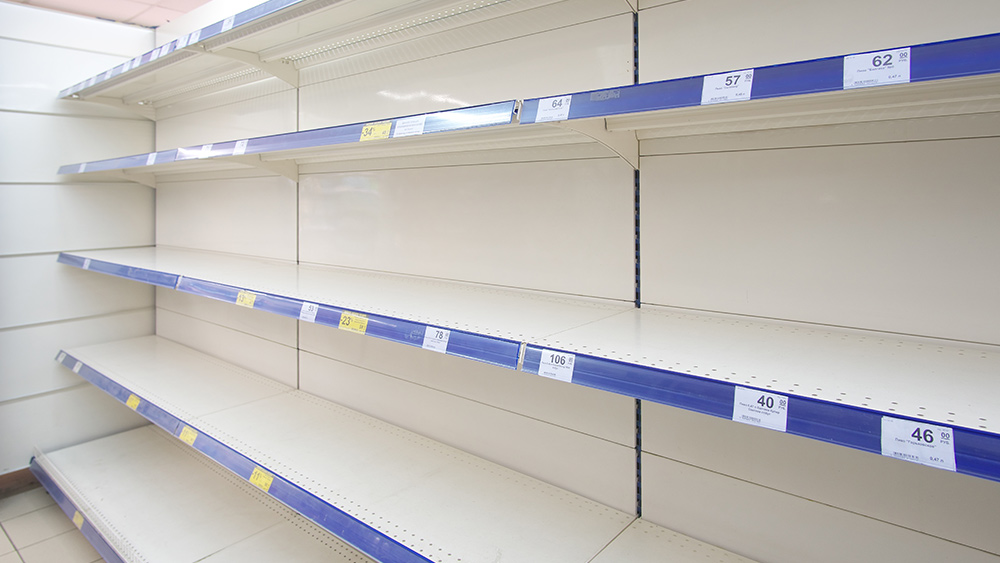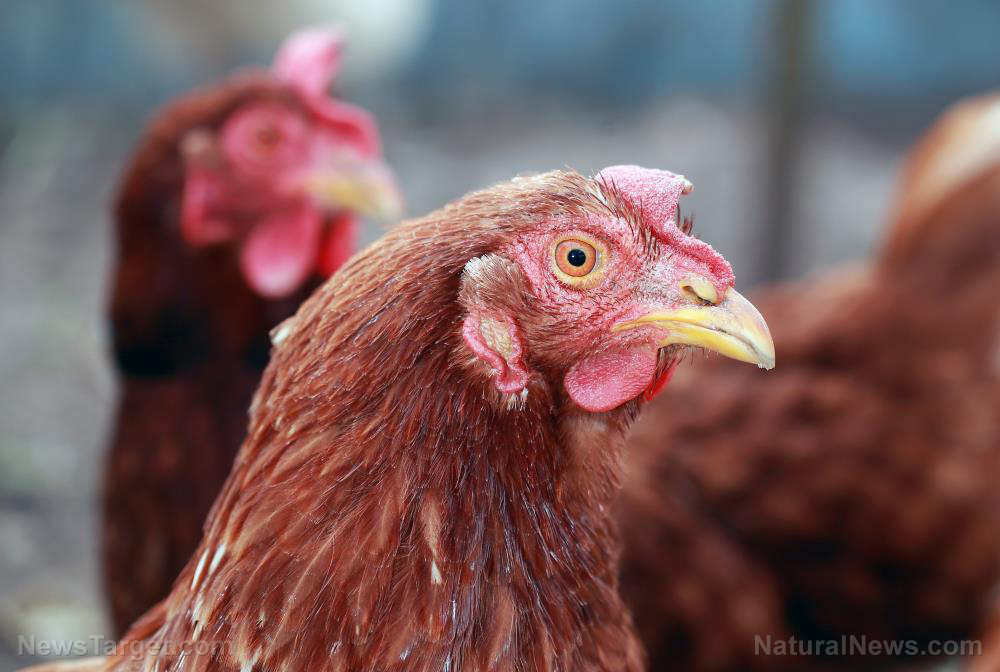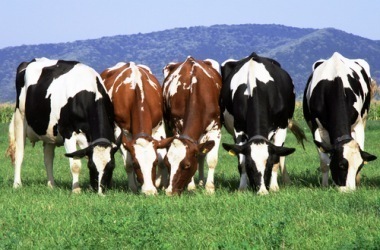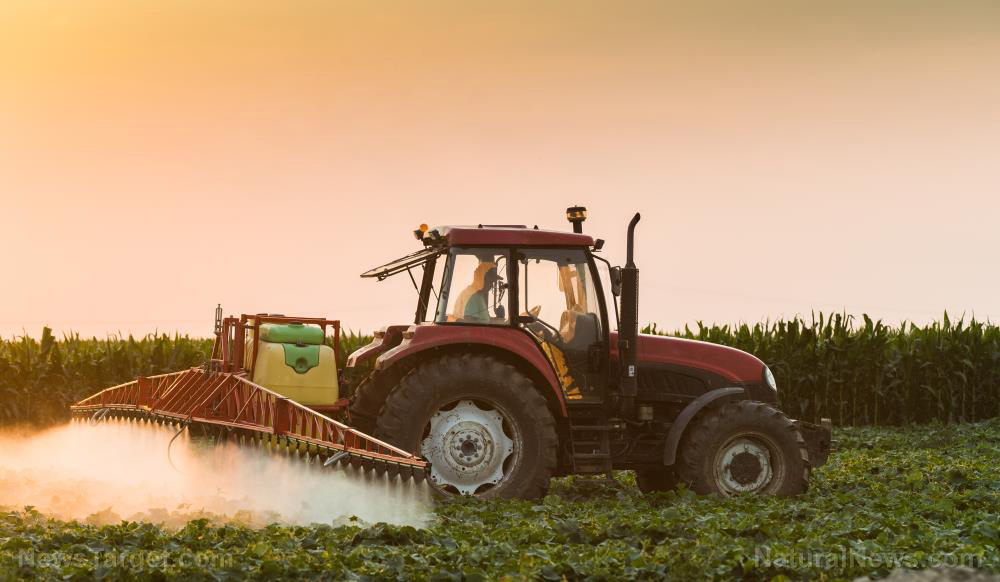Following years of scorching drought, California now has TOO MUCH water – produce crops suffering
03/21/2023 / By Ethan Huff
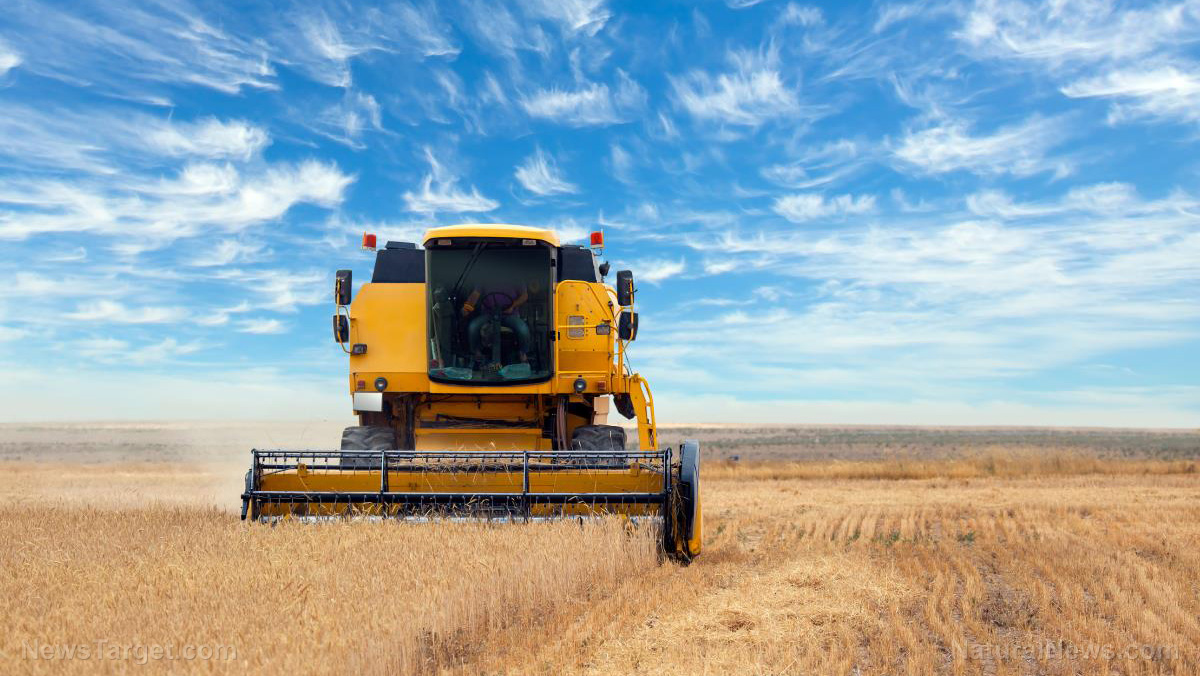
California is about to receive its dozenth-or-so “atmospheric river” rainstorm this winter season after many years of persistent, crippling drought. And the consequence of this deluge of precipitation is massive flooding in some of the Golden State’s prime growing regions.
The state’s spring-summer harvesting season is expected to be drastically altered because of all the rain, which is preventing workers from harvesting lettuce, strawberries, and other primarily West Coast food crops that are underwater. Not only that, but farm workers in California have also been unable to plant important crops like tomatoes for the fall growing season, according to an expert from the University of California’s farming extension.
This is really bad news not just for the American food supply but also for the transportation and logistics industry. Some of the best times of the year for freight volumes are late spring and early summer – some even call this time period the “100 days of summer” – but this year looks different.
Thanks to the Wuhan coronavirus (Covid-19), the freight industry is still in dire straits due to the disrupted supply chain. Coupled with all the crop- and harvest-damaging rains in California, truckers could be up a creek without a paddle this year.
“We need this sort of injection of volumes into the marketplace,” said Mitch Mazzaro, director of temperature-controlled shipments at Arrive Logistics, an Austin, Tex.-based freight brokerage. “We need to keep drivers busy. We need to be able to offer these loads to them. We need to be able to get their wheels turning.”
Since May 2022, trucking conditions have remained negative
It should be noted that the seven-day average of truckloads throughout the country remains dismal. Compared to this same time of year in 2021 and previously, the FreightWaves National Truckload Index has plummeted, which is really bad news for the trucking industry.
The FreightWaves Trucking Conditions Index further shows that trucking conditions have remained in the negative ever since May 2022 when the covid scamdemic was finally fizzling out. Should California’s planting and harvest schedule be disrupted, trucking conditions will worsen even more.
“This has not been a banner year for produce,” said Michael Feig, co-founder and COO of the temperature-controlled brokerage firm Capital Logistics. “You couple that with a pretty quiet freight market and it’s sort of a perfect storm.”
There is another component to all this that is also worth noting. According to reports, much of California’s lettuce crop may have to be tossed due to the emergence of a crop disease associated with ultra-wet conditions. This means that there will be even less produce on grocery store shelves in the coming months, which also means more inflation.
An analysis of federal data found that berry prices alone rose by 41 percent in 2021 at the height of the Fauci Flu, followed by another 8.7 percent increase in 2022. How much worse will things get in 2023, we wonder?
On the flip side, some crops in California love all this rain, including almond trees. Ian LeMay, president of the California Fresh Fruit Association, says the year-round crops his group’s members harvest tend to like all this wetness, though he wishes there would be a few more dry and warm days every once in a while.
As for tomatoes, farmers in California typically start planting those in February, but that has not been possible this year, in many cases.
“There’s very few tomatoes that have gone in up to this point,” said Thomas Turini, a vegetable crops advisor with the UC system’s farming extension center in Fresno.
The latest news about the failing American empire can be found at Collapse.news.
Sources for this article include:
Submit a correction >>
Tagged Under:
California, crops, drought, famine, food, food inflation, food supply, fruit, harvest, rain, starvation, vegetables, water, weather terrorism, world agriculture
This article may contain statements that reflect the opinion of the author
RECENT NEWS & ARTICLES
WorldAgriculture.News is a fact-based public education website published by WorldAgriculture News Features, LLC.
All content copyright © 2022 by WorldAgriculture News Features, LLC.
Contact Us with Tips or Corrections
All trademarks, registered trademarks and servicemarks mentioned on this site are the property of their respective owners.


